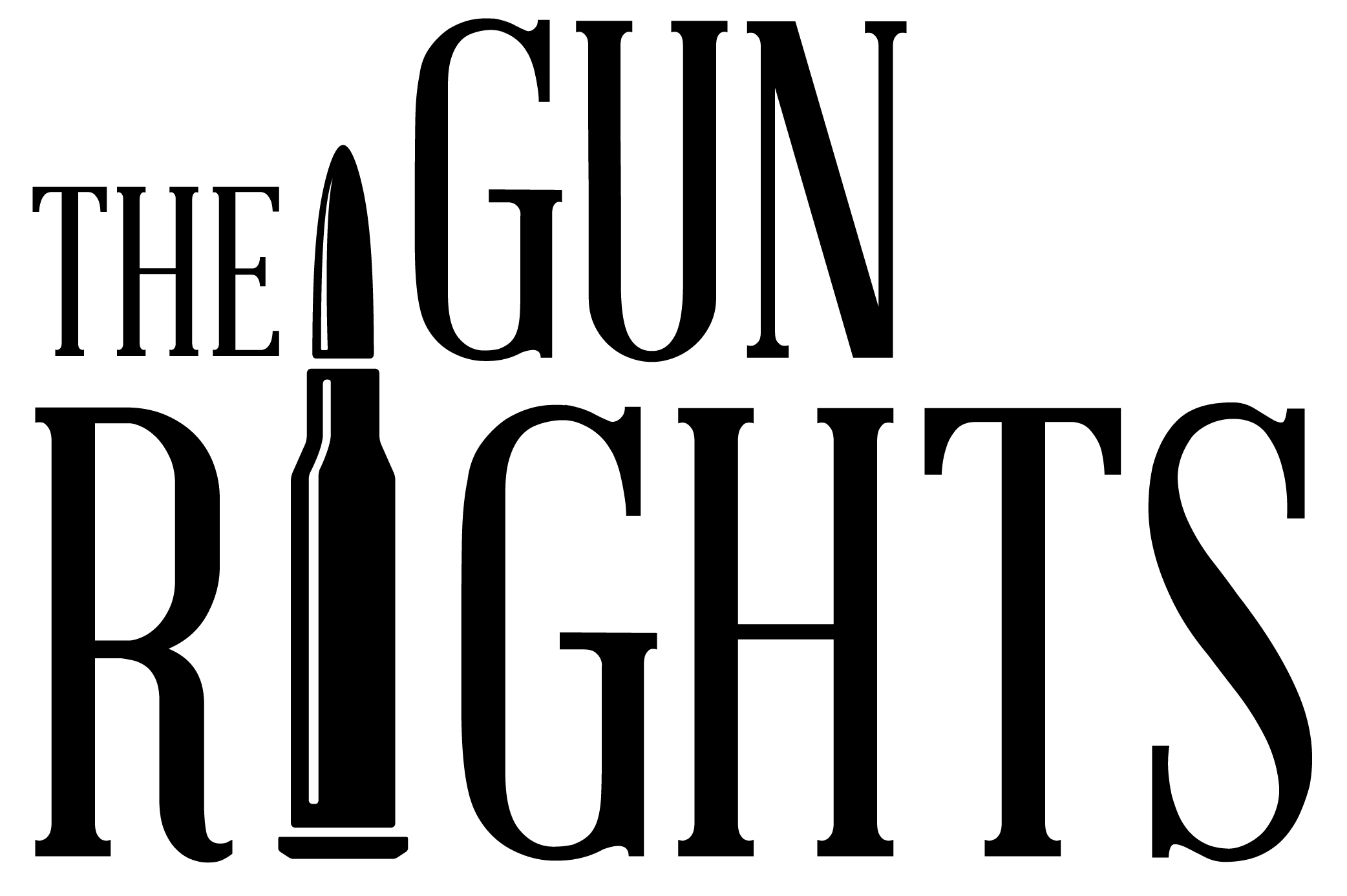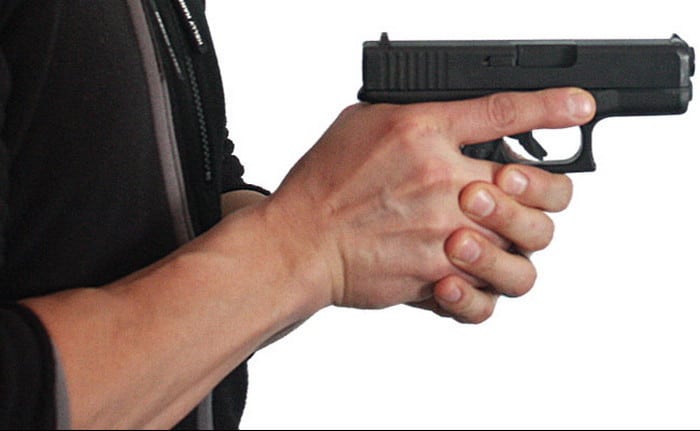Owning a gun is a very big responsibility. It is crucial for owners to know how to handle them, store them, and use them correctly. Knowing these things will make you a more responsible gun owner. Handling and storing guns are processes that are generally easy to learn; however, knowing how to shoot a gun correctly is something that takes time, dedication, and proper technique. There are certain aspects owners should focus on in order to shoot properly.
Learn the Proper Stance
When you first purchase your weapon, it is important to recognize that you are not going to know how to shoot a gun naturally in the beginning. Standing properly is one of the most underrated aspects of proper shooting. Having the proper footing, back, and arm positioning will ensure you are in complete control.
There are three main stances used for proper shooting. These types are the Weaver, Isosceles, and the Modified Weaver, which is commonly referred to as the Chapman. Each of these stances follows the same concent on how to shoot the gun, they just differ slightly for arm position and foot placement.
Generally, all stances follow the same key requirements to you are stable on the ground and will not be thrown off by backfire. It is imperative that you position your feet firmly on the ground, spaced around shoulder length. You should bend your knees slightly and lean forward. Your body should be entirely planted on your feet. If someone were to push you, you should not lose balance or fall — this is exactly what you need in case of kickback.
Focus on the Grip
The way you hold your gun makes a huge difference in the accuracy of your shot. Having a crushing grip on the handle of the gun drastically reduces the movement of your non-trigger fingers. This is generally a good thing as it ensures you are able to hold on to the grip of the gun and contain the recoil as much as possible.
Place the web of your hand, which is the area between your thumb and trigger finger, as high as possible on the grip. Your forearm should be aligned with the gun in order to absorb more of the kickback recoil.
Position your second hand over the area of the grip that remains exposed, ensuring there is a 45-degree angle between your second hand and the gun slide. The location where you place the thumb of your dominant hand is based on preference. Some people leave their thumbs up in the air while others run the thumb along the top of the frame. Whatever seems most natural to you is the position you should use.
Set your wrists at an angle once your arms are both fully extended. This will keep the gun steady and prevent limp wrist shooting.
Use the Sight Properly
Properly knowing how to shoot a gun entails knowing how to use the sight correctly. Most new shooters feel inclined to close one eye and squint through the sight. Surprisingly, it is best to leave both eyes open instead to create a more general awareness of the area around you.
First, you must determine which eye is dominant to you. Test both eyes to see which one provides the clearer view. Move the sight left to right between eyes to make this determination. Avoid moving the sight closer to your face as adequate spacing is needed to avoid injury from recoil.
Switch between the three stances described above to find the one that is most comfortable for you. Some find that left eye dominance is best reflected in the Chapman stance, but the Weaver or Isosceles may work better for you.
Know How to Pull the Trigger
When shooting for the first time, you may feel the need to squeeze the trigger as hard as you can. Alternatively, a slower pull provides a better shot. Squeeze the trigger slowly so you can gauge when the shot will go off, the noise level of the shot, and what type of recoil you can expect. When learning how to shoot a gun you will need to learn the characteristics of the shot so there will be no surprises in the future.
Trigger finger placement is based on preference. There truly is no right or wrong position. Again, this has a lot to do with your finger length and what feels comfortable for you. Most gun enthusiasts find that using the top 1/4 section of the fingertip, or the area right before the crease, provides the most reliable and comfortable pull. Ideally, you want to pull the trigger while moving only a small portion of the finger. Some shooters find positioning the trigger closer to the first joint in their finger provides the best leverage.
Practice Proper Breathing
You may feel the need to hold your breath while shooting. This is very bad practice. Holding your breath for a while can cause lightheadedness, dizziness, and can mess with your focus and concentration. Instead, try to breathe as naturally as possible. You should focus on the handling the gun and shooting properly and not be exerting focus on how you need to breathe while doing so.
Reset the Trigger
Once you pull the trigger, you may be completely lost as to what to do next. A lot of people make the mistake of removing the finger immediately from the trigger, lowering their arms, and looking at the target. This is not something you need to rush to do. The hole is still going to be there, no matter how long it takes for you to look at it. Removing your hand and dropping the gun is introducing excess movement to the gun that is unnecessary. It makes it more difficult for you to get back into position to shoot again.
Instead, you should hold the trigger all the way at the end until after you break the shot. Release the trigger slowly and only to the point where it resets. If you are firing again, you will only have to start at the reset point and not all the way from the beginning.
Final Thoughts
Consider dry firing once you learn all of the techniques. This is a practice shooting without actually loading the gun. This is safe for most 9mms, .40 S&W, and .45 ACP as the firing pin is not actually making contact with anything that would cause damage.
Learning each of these techniques and practices will ensure you are on the right path of knowing how to shoot a gun.

